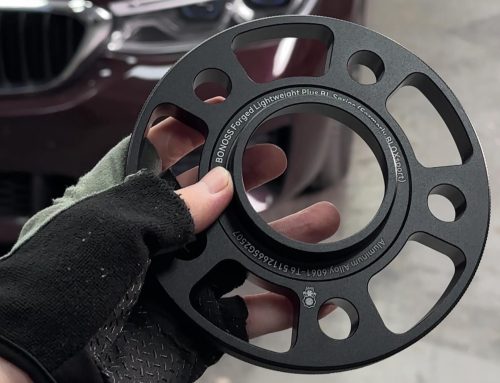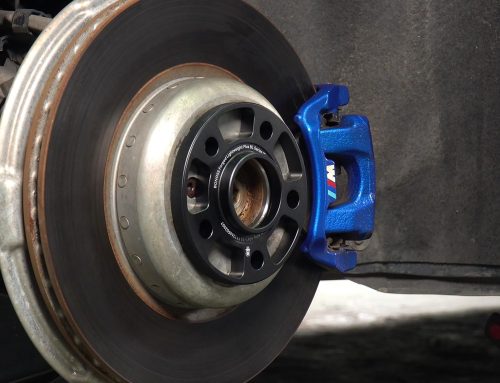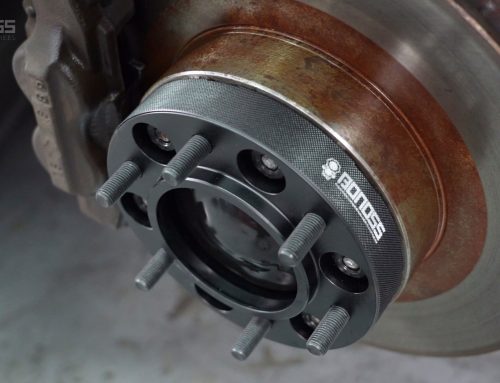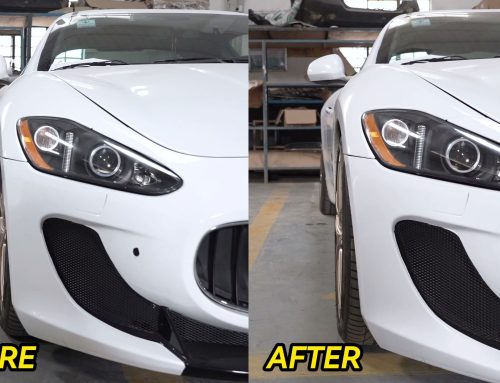Truck spacers are safe to use. Whether you’re planning to use them for daily driving or off-roading needs, if you use quality truck spacers and install them correctly, not only are they safe, but they can end up making your truck safer than the stock setup too. You’ll have a wider track and a lower center of gravity on the axle that you have installed spacers on. This means you’ll have a positive scrub radius, which enables your tires to better grip the road surface, you will feel more stable while cornering. You’ll really feel the difference in the mountain-crawling. They are also becoming popular by the day for aesthetic purposes and fitment issues (common example applications like 1-inch wheel spacer for Ram 1500, 2-inch wheel spacers Ford F150, Chevy Silverado 1500 wheel spacers). If you’re looking to use spacers on your truck, you’ll specifically need these factors to judge whether they are safe wheel spacers.
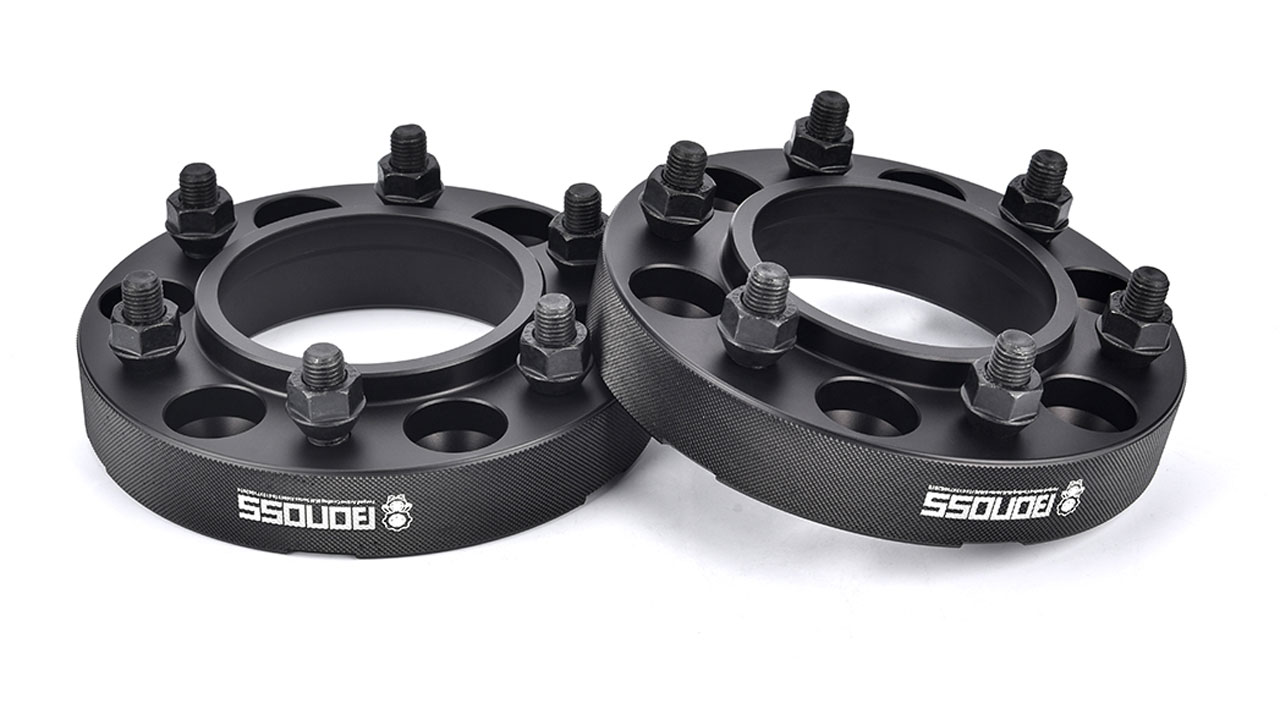
How to Choose Safe Wheel Spacers?
- Material. When choosing safe wheel spacers, material selection can be very important. There are mainly steel and Aluminum. Considering the strength and lightweight needs, billet Aluminum is more suitable. Both 6061-T6 and 7075-T6 are high-performance Aluminum Alloys. They feature good corrosion resistance, weldability, workability, and machinability. And forged Aluminum truck spacers provide stronger impact resistance, less fatigue strength, longer service life range, and stronger corrosion resistance, much safer than those cheap casting spacers.
- Design. There are hub-centric spacers and lug-centric spacers. Hub-centric spacers offer a better system of support and stability. They are designed to make a snug connection between the wheel and vehicle hub, ensuring the hub carries the weight of the truck instead of the lugs. Besides, they are CNC machining, precision at 0.02mm, which make the hub-centric lip more accurate, perfect fit the wheel hub and provides a smoother installing experience than those roughly designed spacers.
- Size. It is important to figure out what size truck spacers do you need, including bolt pattern, center bore, and thickness. Presuming that you had clearance issues at the brake, you want to add only enough thickness to clear the caliper. Then the thickness depends on the increased height of the caliper. If it is the ET/offset issues, then the thickness depends on the change amount, for example, your stock wheels’ ET is 24, you would like to install an ET 49 wheel, then you need 25mm thick spacers to correct the wrong offset.
| 6061-T6 | 7075-T6 | |
|---|---|---|
| Ultimate Tensile Strength | 42000-45000 psi (300-310 Mpa) | 74000-78000 psi (510-572 Mpa) |
| Tensile Yield Strength | 35000-40000 psi (241-275 Mpa) | 63000-69000 psi (434-503 Mpa) |
| Fatigue Strength | 14000 psi (96 Mpa) | 23000 psi (160 Mpa) |
| Hardness (Brinell) | 93 | 150 |
| Failure Elongation | 8-10% | 5-11% |
Properly installing your truck wheel spacers is paramount to ensuring safety. It is recommended to install them under the guidance of a Qualified Mechanic. The wheel spacers must be properly torqued to manufacturer-recommended torque specs. This means making sure the spacer, wheel, and hub assembly are secured enough to where they don’t get loosen. Untightened lug nuts or overtightened lug nuts will cause most lugs failures. This will cause the wheels to lose balance, resulting in vibration. It is important to double-check whether all lug nuts are tightened to the manufacturer’s specification with a properly calibrated torque wrench. If you installed them properly, high-quality spacers are exactly very safe to use and will not cause any vibration.

